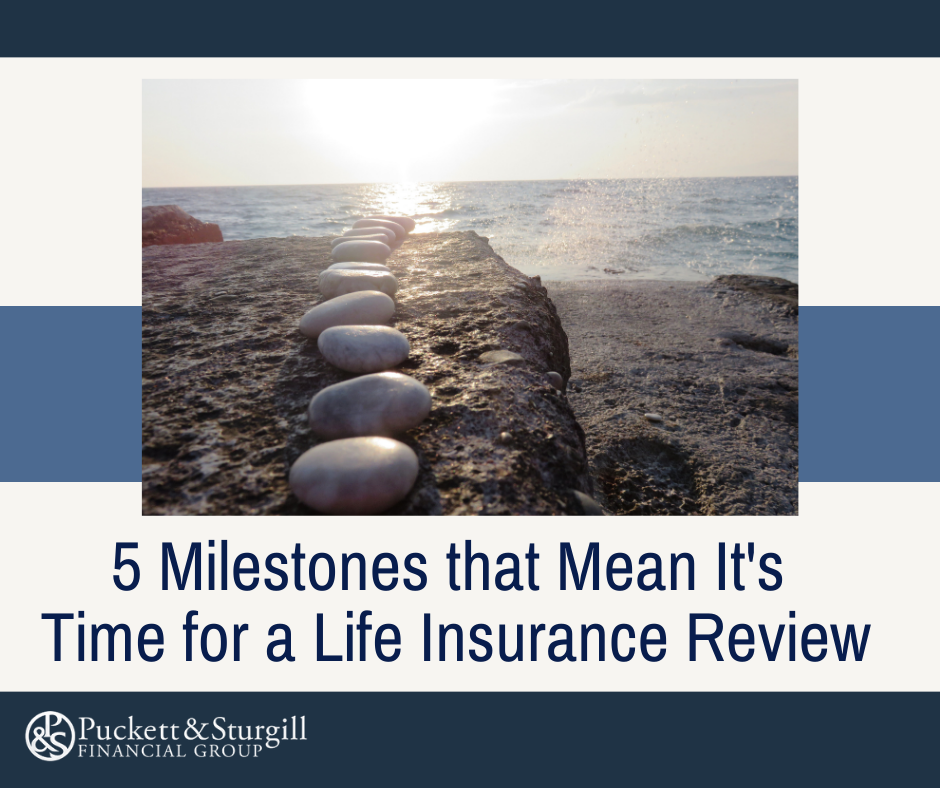5 Milestones That Mean It’s Time for a Life Insurance Review

Obtaining a life insurance policy is part of being an adult. But it’s also something that you can easily neglect, especially if you obtained it earlier in adulthood. While you may have been diligent in securing your life insurance policy, failing to review or update the policy when you have significant life changes may result in too little or too much coverage. It is a good practice to review your policy every few years to see if it still suits your needs and your family’s needs. However, it should be considered essential to review your info if you experience one of the life milestones listed below.
1. Getting Married
A significant life event that should prompt a review of your life insurance policy is marriage. When you get legally married, you are now part of a partnership and are responsible for another person in your family. After marriage occurs, you and your new spouse should review any current life insurance policies to ensure that the amounts will cover needed expenses in the event of your death so that you do not leave your partner with significant financial strain.1
2. Starting a Family
Whether you have children or plan to adopt, you will likely need to account for dependents in your policy coverage amounts. When your children are still at an age where they will need financial support, it is vital to make sure that your policy payout amounts will cover care and living expenses that they will need so that other family members will not be financially burdened when you are no longer bringing in an income to support them.2
3. Buying a Home
Homes are not only a significant purchase, but they are major ongoing expenses as well. After purchasing a home and securing your homeowner’s insurance, you should quickly review your life insurance policy amounts. To provide your family with less stress in the event of your death, you may want to consider having enough in your policy to at least pay off the mortgage on your home.2
4. Starting a Business
In most cases, starting a business means that you will be taking on additional debt. In some cases, that debt may be significant. If you have partners, having a policy to cover your debt will allow them to continue with the business upon your death. Having enough coverage to cover the debt will also help prevent debtors from going after family assets to satisfy these debts, which may financially affect your family.2
5. Entering Retirement
While many life events will prompt the need to increase your life insurance amounts, there are some situations where it may be an excellent time to reduce the amount of your policy. When you are at retirement age, many policy premiums will be significantly higher unless you have a locked-in rate. You will also likely be at the stage in your life where you have less debt and will not have as many people dependent on you for financial support.2




